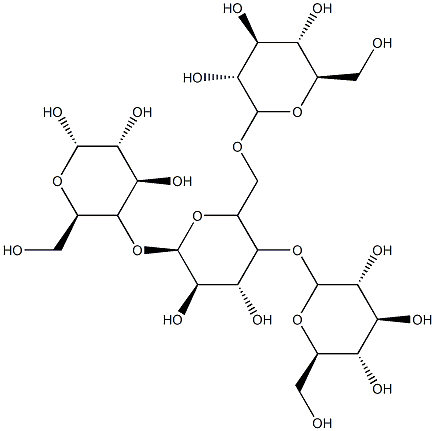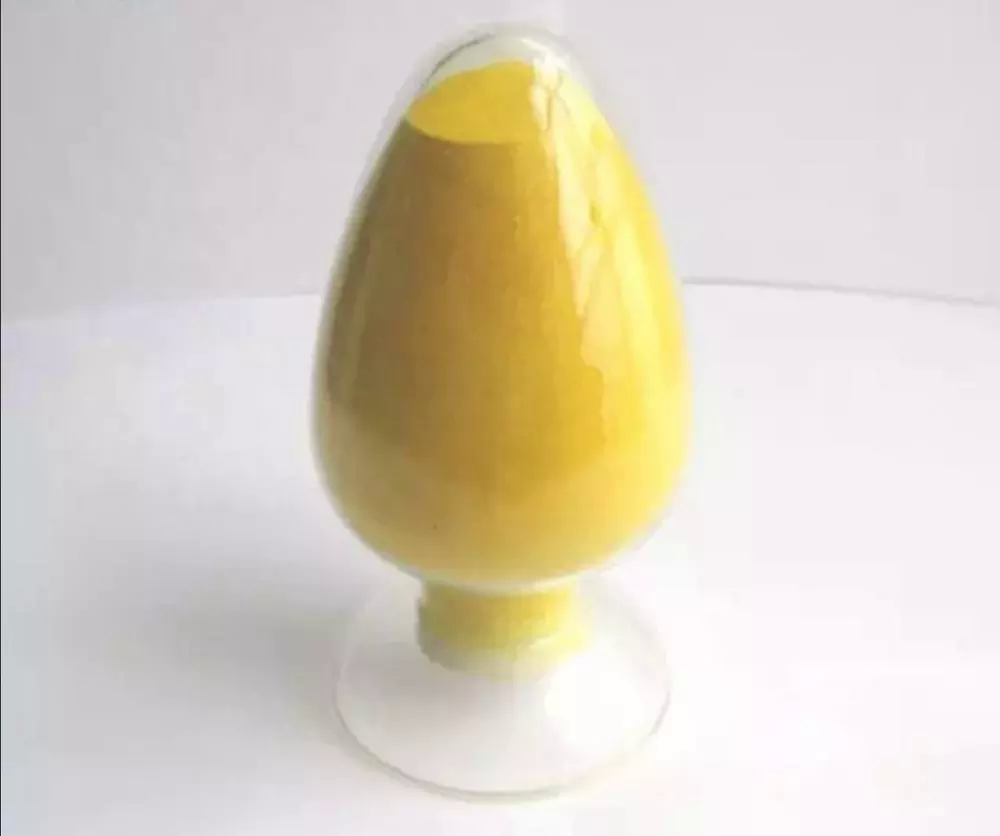4-Tolyl ether
- CAS NO.:1579-40-4
- Empirical Formula: C14H14O
- Molecular Weight: 198.26
- MDL number: MFCD00025979
- EINECS: 216-423-0
- SAFETY DATA SHEET (SDS)
- Update Date: 2024-12-18 14:07:02

What is 4-Tolyl ether?
Chemical properties
Di-p-tolyl ether is a white or colorless flaky or leafy crystals. Almost insoluble in water, soluble in alcohol, miscible with most perfume oils. Mild, green-rosy, somewhat woody odor of great tenacity.
The Uses of 4-Tolyl ether
Di-p-tolyl ether is used to form conformationally chiral molecules in the solid state, while the chirality of 1,3-dimethyl-2-phenoxybenzene arises from the formation of supramolecular helices.
What are the applications of Application
Suggested for use in soap and detergent perfumes, partly as a fixative, partly as a background note in Rose, Geranium, Lavender, New Mown Hay, Fougère and many other perfume types. It is sufficiently mild. not harsh, that it can be utilized in a great variety of fragrance types.
Properties of 4-Tolyl ether
| Melting point: | 47-49 °C (lit.) |
| Boiling point: | 285 °C (lit.) |
| Density | 1.0074 (rough estimate) |
| refractive index | 1.5948 (estimate) |
| Flash point: | >230 °F |
| storage temp. | Sealed in dry,Room Temperature |
| solubility | Soluble in acetone, benzene, ether. |
| form | Solid |
| color | Pale yellow |
| CAS DataBase Reference | 1579-40-4(CAS DataBase Reference) |
| NIST Chemistry Reference | 1-Methyl-4-(4-methylphenoxy)benzene(1579-40-4) |
| EPA Substance Registry System | p-Tolyl ether (1579-40-4) |
Safety information for 4-Tolyl ether
| Signal word | Warning |
| Pictogram(s) |
 Exclamation Mark Irritant GHS07  Environment GHS09 |
| GHS Hazard Statements |
H315:Skin corrosion/irritation H319:Serious eye damage/eye irritation H335:Specific target organ toxicity, single exposure;Respiratory tract irritation H410:Hazardous to the aquatic environment, long-term hazard |
| Precautionary Statement Codes |
P261:Avoid breathing dust/fume/gas/mist/vapours/spray. P264:Wash hands thoroughly after handling. P264:Wash skin thouroughly after handling. P271:Use only outdoors or in a well-ventilated area. P273:Avoid release to the environment. P302+P352:IF ON SKIN: wash with plenty of soap and water. P305+P351+P338:IF IN EYES: Rinse cautiously with water for several minutes. Remove contact lenses, if present and easy to do. Continuerinsing. |
Computed Descriptors for 4-Tolyl ether
| InChIKey | YWYHGNUFMPSTTR-UHFFFAOYSA-N |
4-Tolyl ether manufacturer
Baba Fine Chemicals
1Y
Phone:+91-8527422915
Whatsapp: +91 8527422915
product: 1579-40-4 Di-p-tolyl ether 99%
Scinva Chemicals and Pharmaceuticals Pvt Ltd
1Y
Phone:+917406196725
Whatsapp: +91-7406196725
product: 1579-40-4 98%
New Products
Tert-butyl bis(2-chloroethyl)carbamate (S)-3-Aminobutanenitrile hydrochloride N-Boc-D-alaninol N-BOC-D/L-ALANINOL N-octanoyl benzotriazole 3,4-Dibenzyloxybenzaldehyde 4-Hydrazinobenzoic acid 1,1’-CARBONYLDIIMIDAZOLE R-2-BENZYLOXY PROPIONIC ACID 4-HYDROXY BENZYL ALCOHOL 1,1’-CARBONYLDI (1,2-4 TRIAZOLE) 3-NITRO-2-METHYL ANILINE (2-Hydroxyphenyl)acetonitrile 4-Bromopyrazole 5-BROMO-2CYANO PYRIDINE 5,6-Dimethoxyindanone 5-broMo-2-chloro-N-cyclopentylpyriMidin-4-aMine 2-(Cyanocyclohexyl)acetic acid 4-methoxy-3,5-dinitropyridine 2-aminopropyl benzoate hydrochloride 1-(4-(aminomethyl)benzyl)urea hydrochloride tert-butyl 4- (ureidomethyl)benzylcarbamate diethyl 2-(2-((tertbutoxycarbonyl)amino) ethyl)malonate Ethyl-2-chloro((4-methoxyphenyl)hydrazono)acetateRelated products of tetrahydrofuran








You may like
-
 1579-40-4 Di-p-tolyl ether 99%View Details
1579-40-4 Di-p-tolyl ether 99%View Details
1579-40-4 -
 1579-40-4 98%View Details
1579-40-4 98%View Details
1579-40-4 -
 Di-p-tolyl Ether CAS 1579-40-4View Details
Di-p-tolyl Ether CAS 1579-40-4View Details
1579-40-4 -
 Di-p-tolyl ether 98% CAS 1579-40-4View Details
Di-p-tolyl ether 98% CAS 1579-40-4View Details
1579-40-4 -
 p-Tolyl ether CAS 1579-40-4View Details
p-Tolyl ether CAS 1579-40-4View Details
1579-40-4 -
 N-Vinylformamide 99%View Details
N-Vinylformamide 99%View Details
13162-05-5 -
 2-ethyl-6-methyl-3-hydroxypyridine succinate 99%View Details
2-ethyl-6-methyl-3-hydroxypyridine succinate 99%View Details
127464-43-1 -
 2-ETHYLPYRIDINE 100-71-0 99%View Details
2-ETHYLPYRIDINE 100-71-0 99%View Details
100-71-0
Statement: All products displayed on this website are only used for non medical purposes such as industrial applications or scientific research, and cannot be used for clinical diagnosis or treatment of humans or animals. They are not medicinal or edible.